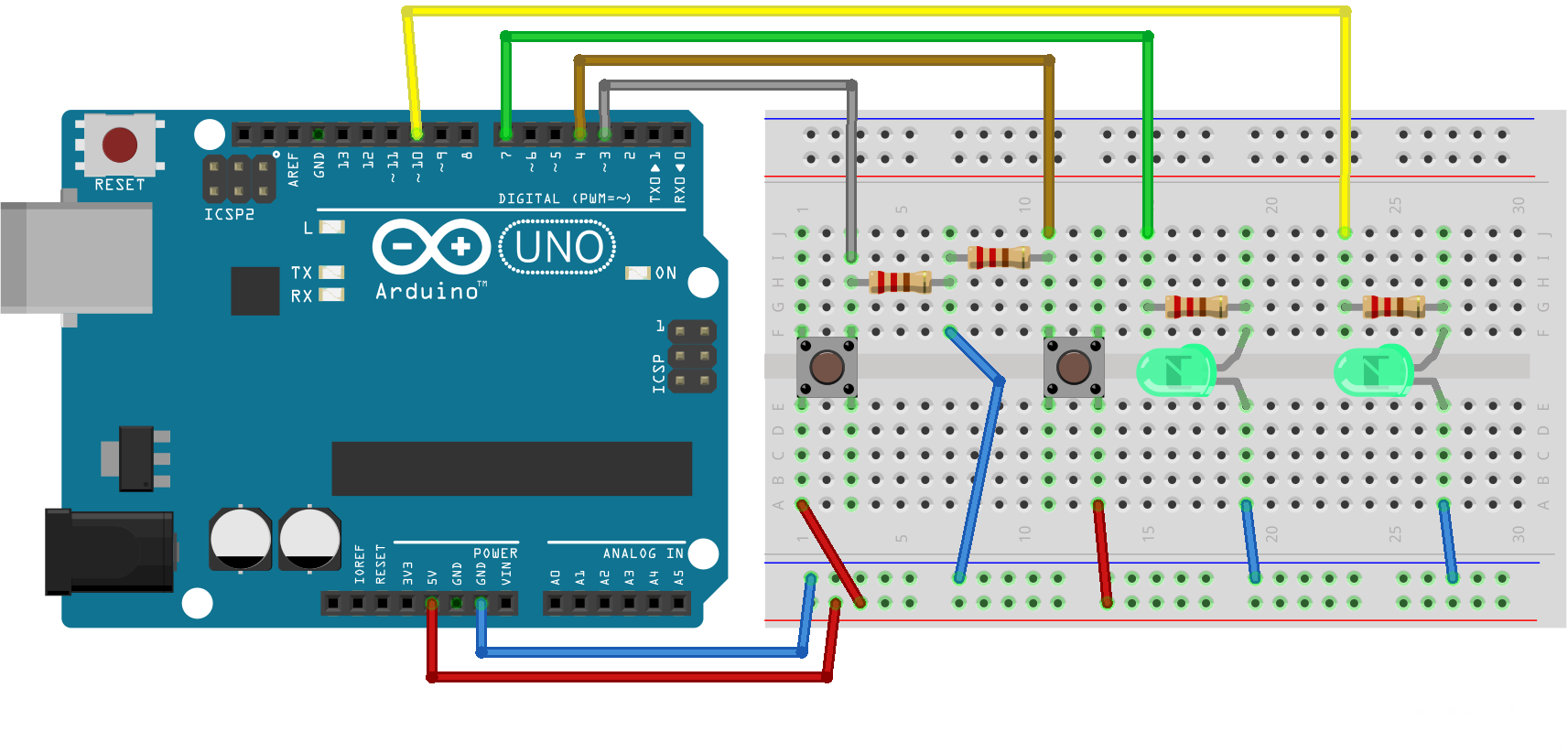

That will be the equivalent of millis ().
#Arduino millis update#
To achieve the same thing, I suggest you setup a timer on the ARM platform and update a volatile unsigned long variable with a counter.
#Arduino millis code#
When you have finished, subtract the recorded time from the current time, to find the elapsed time. Question: Using millis() for timing on Arduino Help with an Arduino code Write an Arduino code, using the circuit below (using a demultiplex 74LS155). Arduino millis () is based on a timer that trips an overflow interrupt at very close to 1 KHz, or 1 millisecond. It counts the number of milliseconds elapsed since the time the you powered-up the. The next thing you try is to check if the desired amount of time has passed before doing the activity again. Use it as you would use the clock on the wall. millis () Description Returns the number of milliseconds passed since the Arduino board began running the current program. The Arduino contains a 32-bit register that is actually a counter. The easy way is to use delay() which puts things to sleep, but this is usually a bad idea because you can't do anything else while it's delay()-ing. You don't care what the temperature is every 0.001 seconds. This function is used to return the number of milliseconds at the time, the Arduino board begins running the current program. Chances are that you don't want it to do whatever it's doing as many times as it can as quickly as it can. millis (), on the other hand, is a function that returns the number. Let’s write a simple example where we create a scheduler that prints certain bits of text at different intervals.So you've got an Arduino that flashes some lights, moves some motors, and reads some sensors. A well-known Arduino function is delay (), which pauses the program for a number of milliseconds specified as a parameter. This chunk of code is pretty similar to the first chunk, except that it doesn’t block the rest of the program when not printing over serial. Timing issues are often present in programming.

In other words, when you upload your sketch to your Arduino.

Can be handy for testing purposes, but you do not need this to handle the millis () rollover problem. The millis function returns the number of milliseconds that your Arduino board has been powered up. The liked answer also gives the trick for resetting millis (). However, this is not a problem: as long as you compare durations instead of timestamps you can forget about the overflows. Questo numero trabocca, ovvero torna a zero dopo circa 50 giorni. Let’s first look at how we can use millis() almost exactly like delay(). millis () and micros () overflow periodically. Arduino - funzione millis () Questa funzione viene utilizzata per restituire il numero di millisecondi nel momento in cui la scheda Arduino inizia a eseguire il programma corrente. The fact is that it’s extremely useful in many scenarios, often “replacing” delay() completely. Millis(), on the other hand, is a function that returns the amount of milliseconds that have passed since program start.Īt first glance you may doubt the usefulness of this function. Yeah, but just FYI millis() (and every other arduino function) are blocking in terms of embedded systems language. A well known Arduino function is delay() which pauses the program for an amount of milliseconds specified as parameter.


 0 kommentar(er)
0 kommentar(er)
